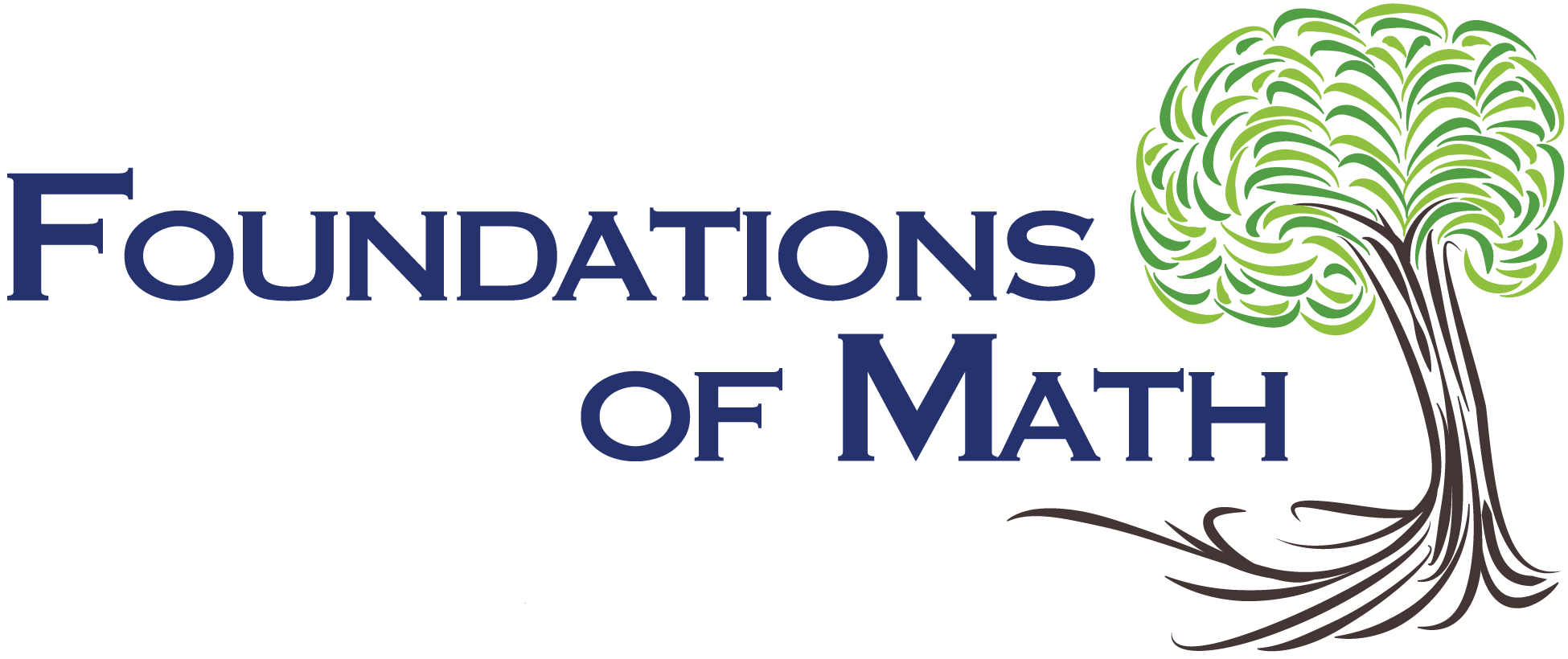Foundations of Math
With the right supports and knowledge, all teachers and learners can engage in the teaching and learning of mathematics. The Foundations of Math course is focused on mathematical content knowledge and positions general and special education teachers to examine mathematical procedures from a conceptual standpoint and increase sense making for learners who struggle with methods reliant on memorization and procedure. Participants will learn how making pedagogical shifts can increase student engagement and improve math achievement for every learner.
This course describes how the brain learns math and the components of number sense.
This course examines the meaning of quantity and magnitude and how connecting mathematics topics to quantity strengthens mathematical understanding.
Numeration involves counting and then assigning symbols and names to quantities. This course explores the connection between the two and how it strengthens number sense.
The equal sign shows up early in a person's math education, but is not always used to teach the concept of equality. For example, if we first see the equal sign as meaning "put your answer here," seeing it as showing that two values or expressions are equal in value will require a shift in thinking. This course emphasizes the importance of precise mathematical language while developing the understanding of equivalence across the standards.
Understanding the Base 10 system is critical for number sense, and also difficult for many when taught procedurally. Base 10 taught procedurally may look like "carrying" small numbers to the tops of columns, "borrowing" by crossing out and changing numbers, or writing zeroes in the middle of long multiplication problems. Base 10 taught conceptually may look like composing and decomposing groups of 10 and seeing quantities in sets of ones, tens, hundreds, etc. Truly understanding the Base 10 system strengthens number sense and builds a strong foundation for math learning.
This course explores the idea that you can represent a mathematical quantity in many ways, which allows flexibility in modeling, calculating, and problem-solving. Knowing multiple forms of a number is not just the ability to list multiple forms of a number but to use numbers flexibly to solve various math problems.
Proportional reasoning is an important and complex skill that strongly impacts success in higher mathematics. It involves comparing numbers within quantities as well as between quantities. In addition to numerical comparisons, proportional reasoning involves thinking in terms of multiplication, and making inference and predictions. Well-designed instructional activities that focus on the development of proportional reasoning and thinking skills, prior to introducing symbolic representations, are instrumental in developing number sense and establishing a solid mathematical foundation for future mathematics.
Geometric Thinking is the way one understands geometry. It is the study of geometric figures (shape and form) and their properties. It also includes congruence, symmetry, transformations, and spatial relationships between and within objects.
Algebra, as a course, is encountered later in our math education, but algebraic thinking starts at the emergent level whenever we start to encounter numbers, quantities, and patterns. The Algebraic Thinking course emphasizes the importance of using what we know to find out what we don’t know by exploring patterns and relationships, making predictions, modeling situations, and solving problems.
The Prototype for Lesson Construction course presents a framework for developing mathematical concepts through the presentation of concrete quantities, discussion of mathematical structures, and abstract representation using symbols. Participants will experience the prototype through a lesson on division by fractions. This course also highlights how to use the prototype to deepen understanding of addition, subtraction, multiplication and division with fractions, using fraction tiles for the concrete quantity.
The Assessment and Data course highlights different assessments that are freely available and how to use data to guide instructional planning.
